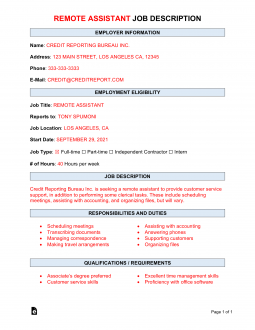


Unenrolled devices are always reported as noncompliant. This allows a helper to learn more about why the device isn't compliant. Helpers who have access to device views in Intune will see a link in the warning to the device properties page in the Microsoft Intune admin center. This warning doesn’t block access but provides transparency about the risk of using sensitive data like administrative credentials during the session. For more information on setting up conditional access, go to Set up Conditional Access for Remote HelpĬompliance Warnings - Before connecting to a user's device, a helper will see a non-compliance warning about that device if it’s not compliant with its assigned policies. For example, multi-factor authentication, installing security updates, and locking access to Remote Help for a specific region or IP addresses. You can’t use Remote Help to assist users who aren’t members of your organization.Ĭonditional access - Administrators can now utilize conditional access capability when setting up policies and conditions for Remote Help. Requires Organization login - To use Remote Help, both the helper and the sharer must sign in with an Azure Active Directory (Azure AD) account from your organization. Use Remote Help with unenrolled devices – Disabled by default, you can choose to allow help to devices that aren't enrolled with Intune. Remote Help must be enabled before users can be authenticated through your tenant when using Remote Help. If you choose to turn on Remote Help, its use is enabled tenant-wide. The Remote Help app supports the following capabilities:Įnable Remote Help for your tenant – By default, Intune tenants aren't enabled for Remote Help. Remote Help capabilities and requirements The app can also be deployed through Intune to your managed devices.
#Remote assistant requirements install#
The Remote Help app is available from Microsoft to install on both devices enrolled with Intune and devices that aren’t enrolled. Through RBAC, you determine which users can provide help and the level of help they can provide. Remote Help uses Intune role-based access controls (RBAC) to set the level of access a helper is allowed. It's through your Azure Active Directory (Azure AD) that the proper trusts are established for the Remote Help sessions. Both helpers and sharers sign in to your organization to use the app. In this article, users who provide help are referred to as helpers, and users that receive help are referred to as sharers as they share their session with the helper. Full control enables a helper to directly make configurations or take actions on the device. During the session, they can view the device's display and if permitted by the device user, take full control. With the connection, your support staff can remote connect to the user's device. Remote Help is a cloud-based solution for secure help desk connections with role-based access controls. For more information, see Use Intune Suite add-on capabilities. This capability is available as an Intune add-on.


 0 kommentar(er)
0 kommentar(er)
